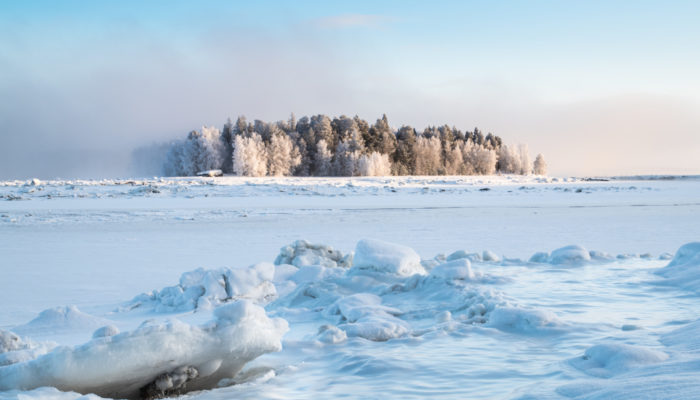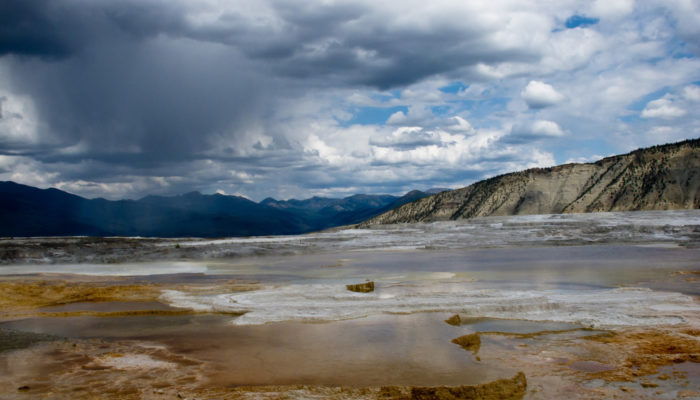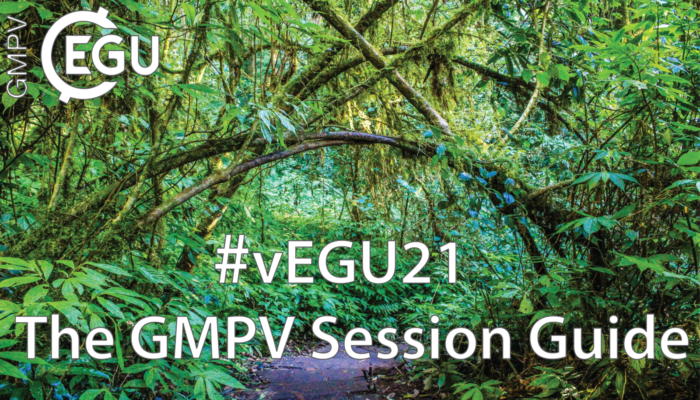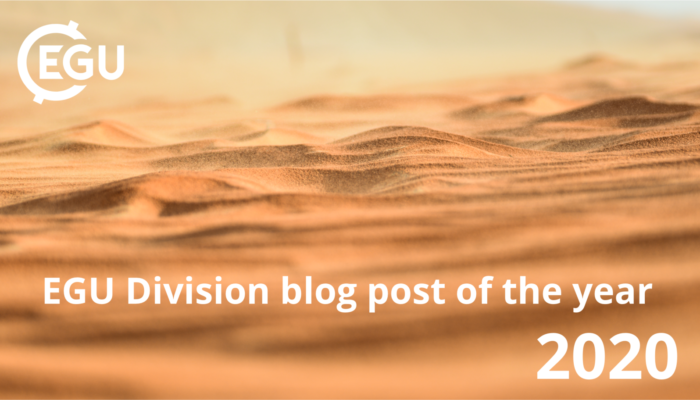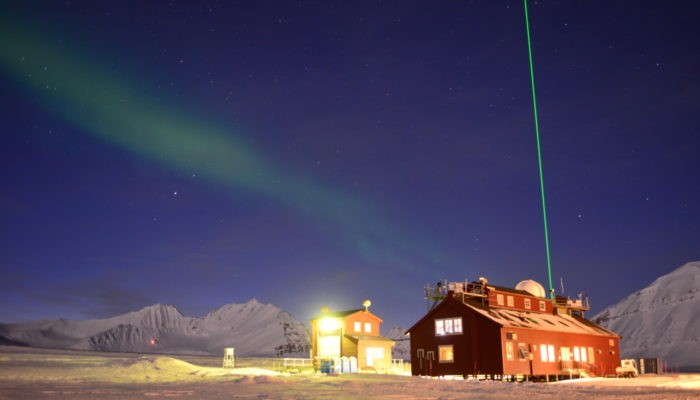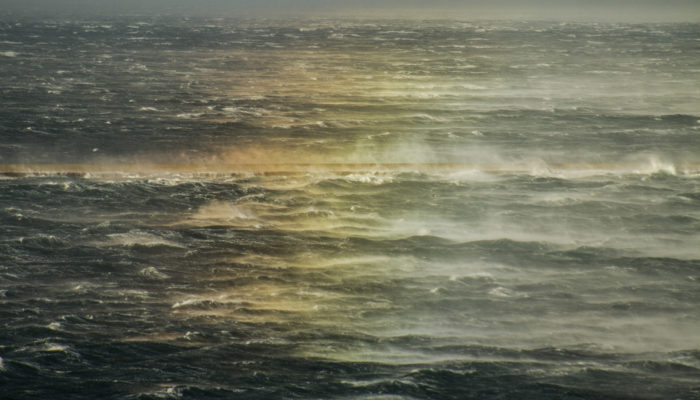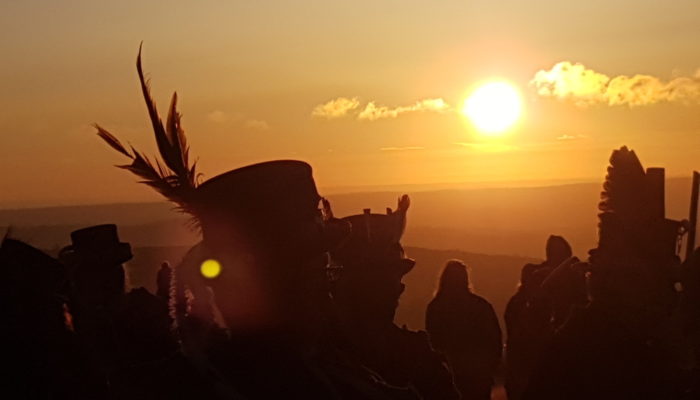With the vEGU21 abstract submission deadline so close now, consider submitting to one of the sessions of BG3 – Terrestrial Biogeosciences: BG3 of the upcoming vEGU21 includes a wide range of soil-focused sessions, from Soils and Global Change (Co-organized by BG3.26/SSS12, co-convened by Abad Chabbi and Cornelia Rumpel) – with a focus on biogeochemical cycles, soil processes and feedback mec ...[Read More]
GeoLog
Open Access publishing and Open Science at conferences: what do you need to know?
Earlier this week EGU’s Policy Officer, Chloe Hill was lucky enough to sit down with one of the many advocates for Open Access publishing on EGU’s Publications Committee: Ulrich Pöschl. Whilst all the members of our Publications Committee are fully committed to making EGU’s journals accessible and open, Ulrich has a unique perspective on this, as he is also the initiator and co-c ...[Read More]
Biogeosciences
vEGU21 Sessions in the spotlight: Geomicrobiology, extreme environments on Earth and planetary analogs
As the deadline for vEGU21 abstract submission is getting closer, consider submitting your abstract to one of these two fascinating biogeochemistry-themed sessions of BG5 – Geomicrobiology, extreme environments on Earth and planetary analogs: With Early Earth: Dynamics, Geology, Chemistry and Life in the Archean Earth (Co-organized by GD1.4/AS4/BG5/CL1/GMPV3), Ria Fischer, Peter A. Cawood, Nichola ...[Read More]
Geochemistry, Mineralogy, Petrology & Volcanology
#vEGU21 – The GMPV Session Guide
Welcome everybody to 2021! We hope you all had pleasant holidays and an amazing start into this hopefully great year! The EGU21 will take place from the 19th – 30th April and unfortunately has to take place online again this year. However, the organizers have much more time to plan and set up this online event than they had last year and promise an entirely different experience from the previous o ...[Read More]
GeoLog
What was the best Division blog post in 2020: vote for your favourite!
The past 12 months have seen an impressive 540 posts published across the EGU’s official blog, GeoLog, as well as the network and division blogs. The EGU Division bloggers in particular have been hard at work producing new informative, fun and interesting blog posts for our members both inside their Division, but also across EGU as a whole! Ocean Sciences Division joined the EGU blogging family &# ...[Read More]
Hydrological Sciences
Timeless times, cosmos and hydrology
Close your eyes. What time is it? Is it still Tuesday? Oh, the calendar… Has 2021 started already? And, how are you? Yes, you! Sincerely asking, how are you? To anyone asking this question, the expected reply is usually simple and short. Nothing complicated here – you are either feeling good or bad (although some fuzziness is kindly welcome too). Personally, I often opt for a deep and detailed re ...[Read More]
Biogeosciences
vEGU21 BG2 – Methods in Biogeosciences: Stable isotopes & novel tracers
The deadline for vEGU21 abstract submission is getting closer and you are still wondering where to submit your abstract before January 13? Why not try one of the stable isotope sessions of BG2 – Methods in Biogeosciences: With Stable isotopes and novel tracers in biogeochemical and atmospheric research (Co-organized by BG2.2/AS4) Getachew Adnew, Jan Kaiser, Alexander Knohl and Lisa Wingate) call f ...[Read More]
GeoLog
Imaggeo On Monday: Revealing the secrets of the Arctic sky
When it is dark over Ny Ålesund, Svalbard, a bright green laser beam can be seen quite often, shooting from the AWIPEV Arctic Research Base observatory towards the sky. This beam belongs to “KARLi” the Koldewey Aerosol Raman Lidar, run by the Alfred Wegener Institute for more than 25 years, which contributes to long-term, atmospheric aerosol measurement records. With this system ...[Read More]
Biogeosciences
vEGU21 BG sessions in the spotlight: deep time to recent past
The deadline for vEGU21 abstract submission is coming closer – here is the second blogpost where we highlight a few sessions across the five BG themes, today from the General Biogeosciences sessions pool and with a focus on deep time and the recent past. To foster a discussion of the reconstruction of ecological baselines and natural range of variability for a better understanding of the lon ...[Read More]
Biogeosciences
vEGU21 BG sessions in the spotlight: social geosciences, resilience and policy making
The deadline for vEGU21 abstract submission is coming closer – over the course of the next two weeks, we highlight sessions across the five BG themes, starting with General Biogeosciences sessions focused on social geosciences, community and earth resilience, health and urban systems and geoscience knowledge transfer to policy and society. With Social Geosciences: A New Paradigm to Character ...[Read More]

